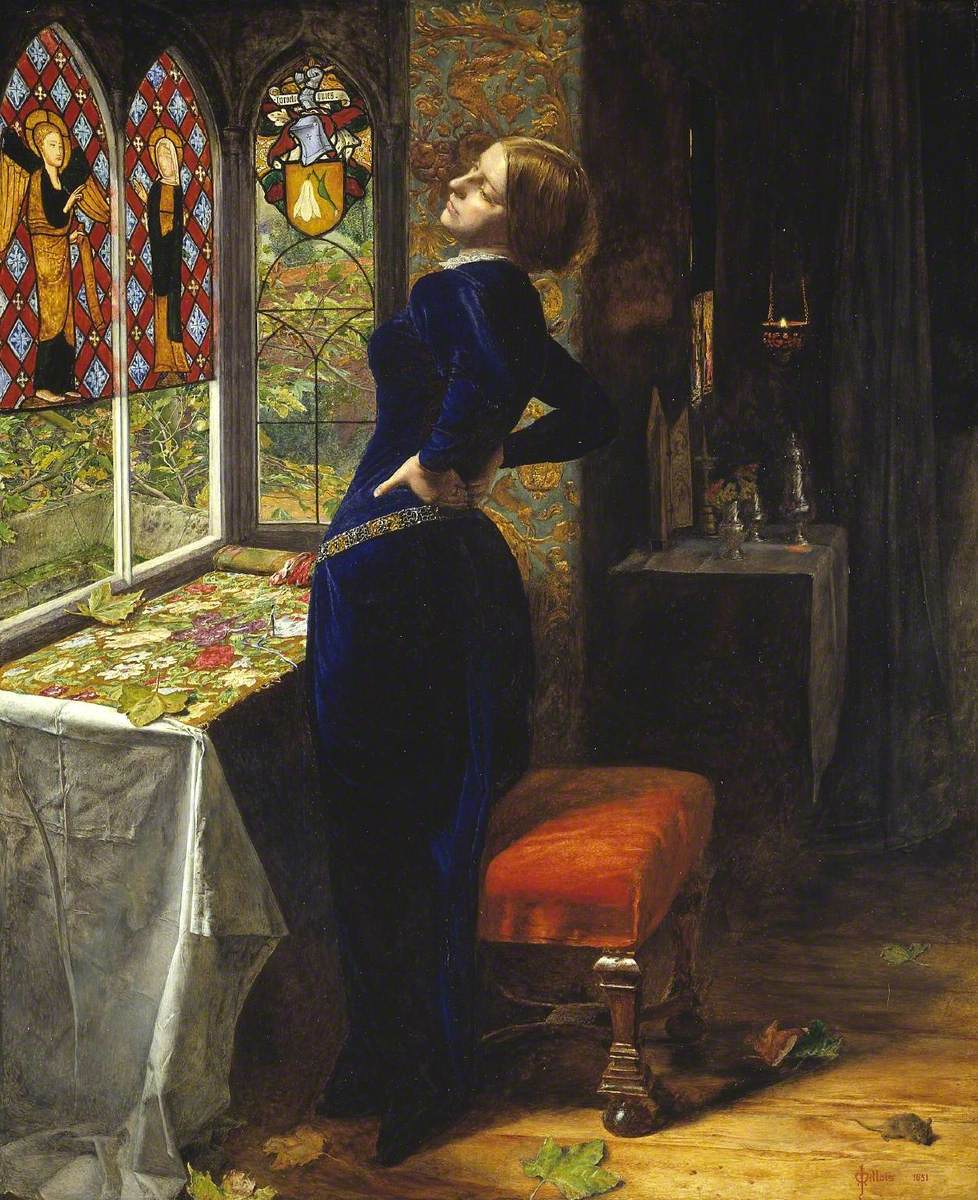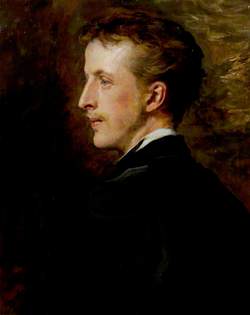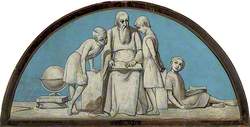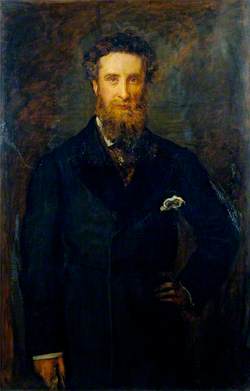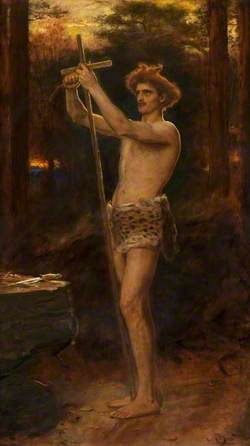How you can use this image
This image is available to be shared and re-used under the terms of the Creative Commons Attribution-NonCommercial-NoDerivatives licence (CC BY-NC-ND).
You can reproduce this image for non-commercial purposes and you are not able to change or modify it in any way.
Wherever you reproduce the image you must attribute the original creators (acknowledge the original artist(s) and the person/organisation that took the photograph of the work) and any other rights holders.
Review our guidance pages which explain how you can reuse images, how to credit an image and how to find more images in the public domain or with a Creative Commons licence available.
DownloadNotes
Add or edit a note on this artwork that only you can see. You can find notes again by going to the ‘Notes’ section of your account.
When it was first exhibited at the Royal Academy in 1851 this picture was accompanied by the following lines from Tennyson's 'Mariana' (1830): 'She only said, ''My life is dreary, He cometh not'' she said; She said, ''I am aweary, aweary, I would that I were dead!'' Tennyson's poem was inspired by the character of Mariana in Shakespeare's 'Measure for Measure'. Rejected by her fiancé, Angelo, after her dowry was lost in a shipwreck, she leads a lonely existence in a moated grange. She is still in love with Angelo – now Deputy to the Duke of Vienna – and longs to be reunited with him. In the picture the autumn leaves scattered on the ground mark the passage of time. Mariana has been working at some embroidery and pauses to stretch her back. Her longing for Angelo is suggested by her pose and the needle thrust fiercely into her embroidery. The stained-glass windows in front of her show the Annunciation, contrasting the Virgin's fulfilment with Mariana's frustration and longing. Millais copied the scene from the window of the Chapel of Merton College, Oxford. However, the heraldic design appears to have been his own invention. The motto 'In coelo quies' means 'In Heaven there is rest' and clearly refers to Mariana's desire to be dead. The snowdrop symbolises 'consolation' and is also the birthday flower for 20 January, St Agnes' Eve, when young girls put herbs in their shoes and pray to Saint Agnes to send them a vision of their future husband. It may also refer indirectly to John Keats's narrative poem 'The Eve of Saint Agnes', which, like Tennyson's 'Mariana', is also concerned with the theme of yearning.
Further reading: Leslie Parris (ed.), 'The Pre-Raphaelites', exhibition catalogue, Tate Gallery 1984, reprinted 1994, no.35, pp.89–90, reproduced p.90. Elisabeth Prettejohn, 'The Art of the Pre-Raphaelites', London 2000, pp.11–13, reproduced p.10, in colour. Frances Fowle December 2000
Title
Mariana
Date
1851
Medium
Oil on wood (mahogany)
Measurements
H 59.7 x W 76.2 cm
Accession number
T07553
Acquisition method
Accepted by HM Government in lieu of tax and allocated to the Tate Gallery 1999
Work type
Painting
Tate Britain
Millbank, London, Greater London SW1P 4RG England
Stories
-
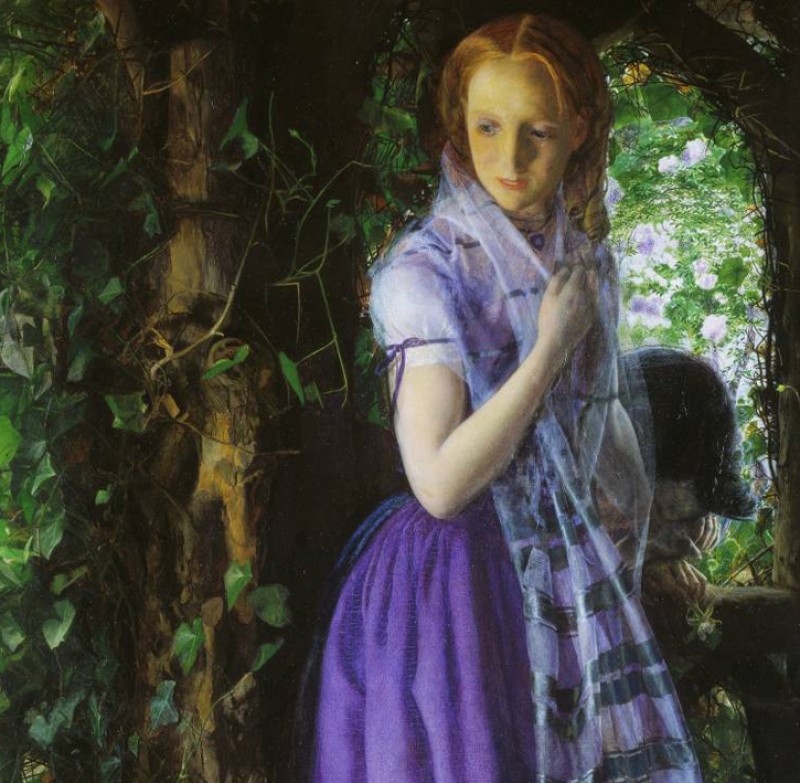 Colour in the Victorian era: a new chromatic age
Colour in the Victorian era: a new chromatic ageMatthew Winterbottom, Madeline Hewitson and Natasha Podro
-
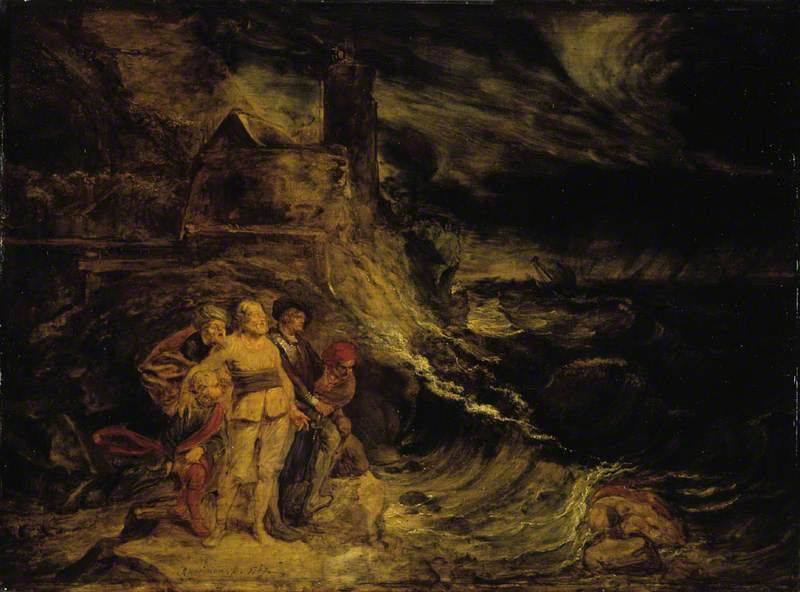 The art of the Bard: seven paintings inspired by Shakespeare
The art of the Bard: seven paintings inspired by ShakespeareMolly Tresadern
-
 Witches: the Pre-Raphaelite femme fatale
Witches: the Pre-Raphaelite femme fataleVictoria Ibbett
-
 Tennyson: the favoured subject
Tennyson: the favoured subjectThomas Marks
-
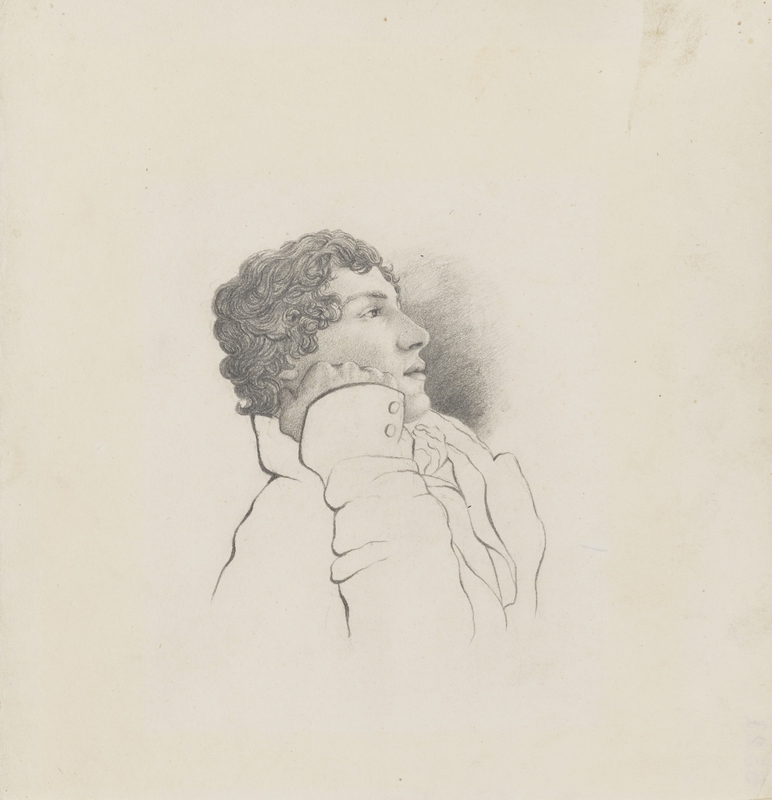 John Keats and the Pre-Raphaelites
John Keats and the Pre-RaphaelitesEugenia Russell
-
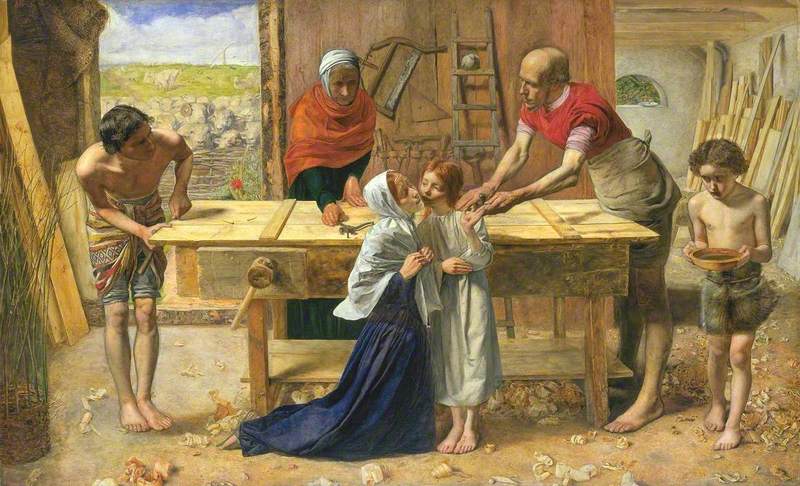 Who were the Pre-Raphaelite Brotherhood?
Who were the Pre-Raphaelite Brotherhood?Andrew Shore
-
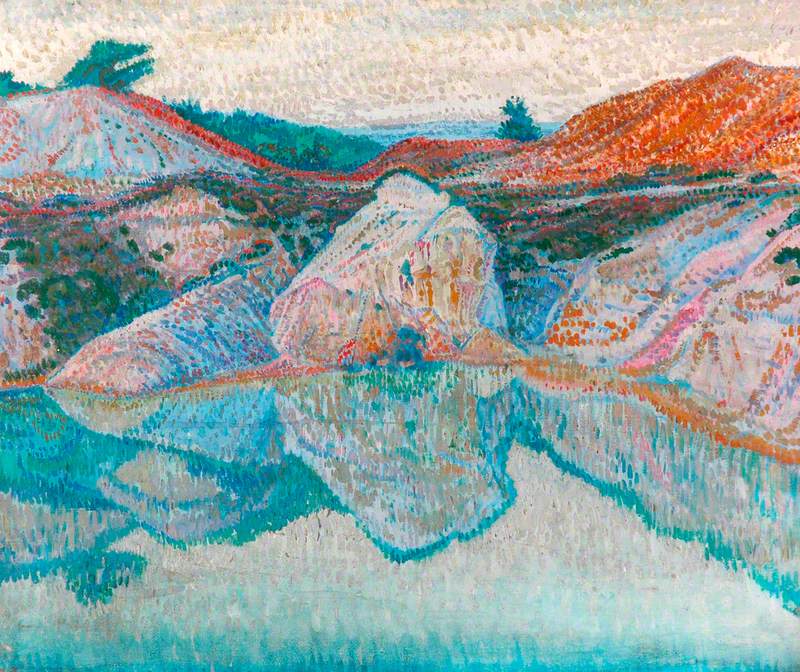 Colour in art: a brief history of blue pigment
Colour in art: a brief history of blue pigmentLydia Figes
